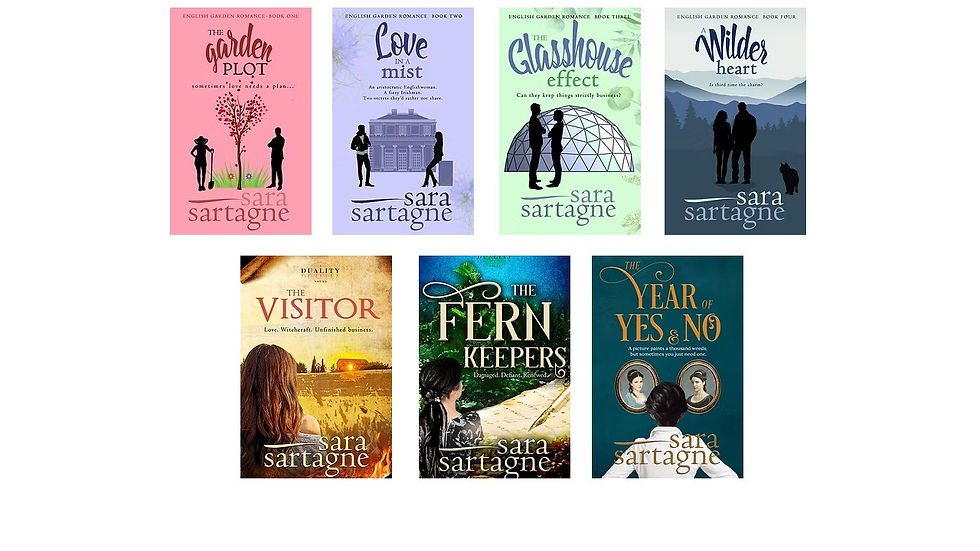A touch of something odd
- Allie Cresswell

- Jul 1, 2023
- 3 min read
Updated: Sep 29, 2023
A few years ago someone suggested that I have a go at writing a ghost story. The person in question was of the opinion that my descriptive writing-style would suit itself to that genre. The idea stayed with me, and I read some classic ghost stories, like The Turn of the Screw by Henry James, Wuthering Heights by Emily Bronte and The Signalman by Charles Dickens. Of more recent works I read The Women of Heachley Hall by Rachel Walkly and Bone China by Laura Purcell.
It seemed to me that all these books had in common the fact that the ‘supernatural’ element was largely in the minds of the characters, a mental aberration, a misconception or a naive gullibility that made them susceptible. Gradually, the writer builds the tension, easing the reader into the characters’ head until we too see what they see and begin to think - as impossible as it seems - that they might be right.
Some of the books end up being moot on the subject of their ghosts. It never is resolved whether the children in The Turn of the Screw are really the malevolent echoes of the past or simply the hysterical imaginings of the governess. Others are unequivocal - their ghosts are real. Of course there’s also the ‘Scooby-Doo’ solution, in which the ghost is simply a flesh-and-blood crook in disguise.
The inspiration for my book The Cottage on Winter Moss was an odd and ancient structure on the dunes near where I live. I felt it had been built many years ago and for a purpose, though I could not at first divine what that might have been. It seemed to me to have been a cooperative project - I did not think one person alone could have achieved it. Then I began to construct my book-within-a-book with this mysterious edifice as one of its three cornerstones, the others being an (imaginary) pele tower and a (very real) tree. All these landmarks began to throw out connections to each other in my mind. They were old, remnants of a past that could only be speculated upon: any history I wove between them could only be imaginary; a figment, an echo of what might have been true. I thought I had the foundation for a pretty good ghost story, for what else is the supernatural than a force that we imbue with the power of our imaginations?
I wove mystery into my landscape in several ways. Firstly, my protagonist - Dee - was a stranger within it, so it was all new and confusing to her. Secondly I used the weather to drape the topography in different layers of ambiguity; some benign and some belligerent. I threw out unexplained events - lights across the moss, odd noises from the neighbouring house, a weird old man - and then, as a topping, I added tensions between present-day village residents that had their anchors in the past. Dee struggles to orientate herself with all of these things. There is so much she does not understand that it was easy to pick just one of them as a matter that ultimately defies logic. I’d be delighted to know what you think of this aspect of The Cottage on Winter Moss. The best way to let me know is to leave a short review on your purchase platform.



























Comments